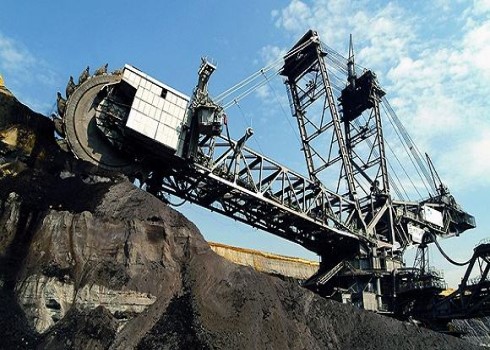SunSirs: The Price of Thermal Coal Decreased slightly last Week (July 13-17)
July 20 2020 14:01:47 SunSirs (Selena)
According to the monitoring of SunSirs, the price of thermal coal decreased slightly last week. On July 13, the average port price of thermal coal remained at 596.25 RMB/ ton, and on July 17 it was 591.25 RMB/ ton, a slight decrease of 0.84%. On July 16, the commodity index of thermal coal was 71.51, down 0.18 points compared with the previous day, 30.58% lower than the highest point 103.01 (2011-11-15), and 59.98% higher than the lowest point 44.70 on January 20, 2016. (Note: period refers to 2011-09-01 to now).
Analysis of Influencing Factors
In terms of production areas, Shaanxi and Inner Mongolia have low purchasing enthusiasm due to the rise of coal price and the enhancement of precipitation in ports, and the increase of coal price is narrowed. Some coal mines have a small amount of inventory due to poor shipment; the production and sales in northern Shanxi are balanced, and the coal market is operating smoothly, and most of the prices are stable. According to the data of the National Bureau of statistics, in June, China's raw coal output was 334.28 million tons, a year-on-year decrease of 1.2%, and the decline rate was 1.1 percentage points higher than that of the previous month; the average daily output was 11.14 million tons, with a month on month increase of 860,000 tons. From January to June, China's raw coal output reached 1,805.41 million tons, up 0.6% year on year.
In terms of downstream power plants, the mainstream closing price of 5,500 kcal thermal coal is 590-593 RMB/ ton, and the closing price of 5,000 kilocalories is 535-541 RMB/ ton. The recent surge in precipitation in southern China has seriously affected hydropower generation. The purchase of coal by downstream power plants has dropped slightly, and the demand for coal is slightly lower. At the same time, under cloudy and rainy weather, the temperature is low, and the residential electricity demand has not been fully released, and the daily consumption has increased in general. Coastal power plant inventory rose slightly.
In terms of import, the data released by the General Administration of Customs on July 14 showed that in June 2020, China's coal imports were 25.286 million tons, a year-on-year decrease of 1.812 million tons or 6.69%, and an increase of 3.229 million tons, or 14.64%, compared with 22.057 million tons in May. From January to June 2020, the country imported 173.991 million tons of coal, a year-on-year increase of 12.7%. There is no sign of relaxing the import coal restriction policy, and the customs clearance restrictions are still strict, but the market activity of imported coal has slightly increased compared with the previous period, and the demand is partially released.
According to SunSirs, there will still be heavy rainfall in the Yangtze River and Huaihe River Basin in the next ten days, and the power plant will have sufficient time to replenish the reservoir. At present, the transportation is mainly based on the cash of long-term cooperation, and the cashing of low-cost long-term cooperative coal plays an important role in stabilizing the market. Generally speaking, steam coal may still have a small reduction space in the later stage, and the whole operation within the range depends on the downstream market demand.
If you have any questions, please feel free to contact SunSirs with support@sunsirs.com.
- 2025-12-19 SunSirs: Three Key Factors Driving Coking Coal Price Trends
- 2025-12-19 SunSirs: 2026 China Coal Market Trend Analysis
- 2025-12-18 SunSirs: Coal Prices in China Continue to Decline in Early February
- 2025-12-17 SunSirs: China's Energy System Undergoing Profound Structural Change
- 2025-12-17 SunSirs: China's Raw Coal Output from January to November Reaches 4.4 Billion Tons, Up 1.4% Year-on-Year



